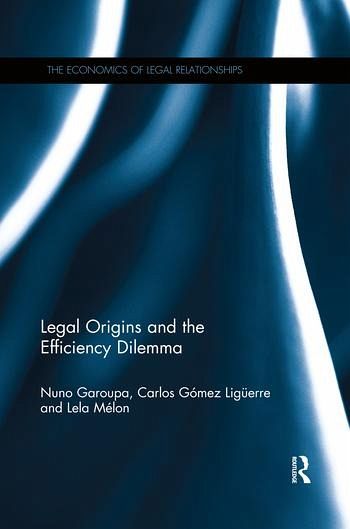
Legal Origins and the Efficiency Dilemma
Versandkostenfrei!
Versandfertig in 1-2 Wochen
59,99 €
inkl. MwSt.
Weitere Ausgaben:

PAYBACK Punkte
30 °P sammeln!
This book explainis the efficiency hypothesis of the common law, summarizes the legal origins theory in the context of economic growth and illustrates the shortcomings of the legal origins theory with a comparative law and economics analysis.




